Check out some tips for helping your child with their pencil grasp.
Why Handwriting Matters
Tips for Navigating the Holiday Season with Kids
Navigating the holidays with kids of all ages can be a little challenging for everyone. Between the excitement, late nights, extra sweets, and schedules being thrown off, there is a lot to adjust to!
Here are a few tips to help you through the holidays…
Manage Expectations
First, this can be a helpful reminder for you as the adult AND for your kids. Expect that there may be a few more meltdowns or less tolerance for frustration. Everyone’s tank is running a little empty put still pushing the throttle.
Review with your child, of all ages, what to expect at the holiday party, the school winter concert, the change in the school schedule, Christmas Eve mass, family dinner, etc.. Even if you do not anticipate it to be “problematic,” reviewing the event beforehand during calm moments, will preemptively help your child know what to expect. This is especially important if your child can be more responsive to different sounds, foods, crowds, and a change in their routine.
Stick to Routines
Speaking of routines, trying to adhere to your child’s normal routine as much as possible is key. This goes for the school day (if you are a teacher reading this) as well as at home. Even if things get pushed off the time schedule a bit, try to maintain the same routine whether it is the order of getting ready for bed, the morning routine to get out the door, the food you normally eat. These can seem like small adjustments, but for kids the structure is comforting.
Some Extra Time
If your house is like mine, there is so much to remember on the day-to-day, the item that needs to come to school for the special activity, the end-of-season soccer party after school, money for the book fair, the secret santa gift exchange, going to the post office after drop-off, I could go on and on. With these extra things it is easy to get more rushed and the more rushed we get, the crankier everyone gets as well. Try to plan for some extra time to get ready so as not to rush getting out the door whether it is for school, or Christmas Eve mass, or the holiday party.
Collaborate with your Child
One of the most useful strategies can be partnering with your child to problem solve. This helps lay out some of the expectations and also invites them to pause and identify strategies that can be helpful. This is most useful when done ahead of time, not during moments of stress. This can be done with young kids and is very effective for tweens and teens. Just scaffold it a bit more for younger or kids who might need some help with ideas. Some examples of how this can look are, “We are going to be out late this weekend for a party. Do you want to change into your pjs before we get in the car to drive home or at home?” For older kids who need some support with executive functioning, this can mean asking them how they can prioritize their work to avoid any last minute “but I have report due!” It can be helpful to sit down during the weekend and talk about the upcoming events and look at the calendar to plan out when homework can get done. And one of my favorite tricks to help kids feel like they are partners and give them some control where it can be given is, “it’s almost time to leave. Do you want to leave in 3 minutes of 4 minutes.” Or as they get older, it can be as simple as some forewarning before it is time to leave.
Get Outside
During this busy holiday season, one of the simplest things you can do is get outside. It might be colder or rainy, but time outside will help everyone’s nervous system. This is especially true when you can sense that you or your child is getting a bit dysregulated. Take a quick break from the party or holiday concert outside, stop by the park for 30 minutes in between after school activities. If you are a teacher, try the craft activity outside (less mess in your classroom!) or some extra recess time to burn off the energy.
What other strategies work for you? Let me know!
OT Favorite Holiday Gifts
Stocking Stuffers with an OT Twist
What is Motor Planning?
2022 Holiday Gift Guide
Winter Snowy Day Activities - January 2022
Whether you live in a snowy climate in the winter or you have some rainy days that pass through, you need some indoor activities for your kiddos. A few years back I did a Winter Challenge and posted winter-themed activities for each week throughout the months of January and February. I have had so much fun pulling out some of those same recipes and activities on rainy days, while I’m cooking dinner, or as an invitation to create and explore when my kids come home from school.
Here are some of my favorite winter-themed activities all in one place for you to try at home!
Baking soda is a key ingredient to make snow. There are so many recipes out there for fake snow and baking soda really does pack into snow balls. You can just add some water and extend play with vinegar ( I love using a spray bottle or pipettes to watch it fizz up!). Try mixing baking soda and hair conditioner until you get a consistency that packs together. I have also tried baking soda and lotion. You can experiment with the combinations and see which your child prefers.
My all-time favorite snow though, is that fake snow that grows with water and is like the inside of diapers that absorbs the water… it’s just so fun for us Californians far from snow!
Cloud dough is also a fun sensory experience! Take a 5 lb bag of white flour and some baby oil and mix together until the 2 clump together to make snowballs. Or for a smaller batch, 2 cups of flour with 1/4 c. of baby oil. This is very fun with winter figurines!
For a fun activity to develop the muscles in our fingers for a mature grasp takes just a few items- q-tips, white paint, and blue paper! Using a small item to paint with, like a q-tip helps kiddos use what’s called a tripod grasp rather than all of their fingers.
Snow paint is another favorite activity! It is incredibly fun to paint with AND it dries fluffy! It leaves a 3D effect to your kiddo’s snowy art! I don’t measure this, just squirt a mound of shaving cream and add in some white school glue! An added fun flair is some glitter… if that’s your jam! Use a paint brush, a men’s shaving brush, popsicle stick, spoon, a variety of painting tools helps kids to develop their motor skills and proprioception as they feel the different weights of materials in their muscles and joints!
Shaving cream can be your best friend for winter activities! Drive trucks through it, play with snowmen and arctic figurines, drop food coloring and swirl it, place paper over the swirls for marbled paper, and our personal favorite… bring it into the bathtub!
A non-mess sensory bin that is tons of fun and a great opportunity to work on fine motor skills is a cotton ball sensory bin! Add in some scoops, tongs, and bowls and you are set!
A big hit in all of my groups and with my own kids- even my 6.5 year old, is freezing figures in water and melting the frozen ice with salt and warm water. Scoop, squeeze pipettes or a turkey baster, pound with a mallet or kids hammer… I like to have white play dough ready for the freed animals to play in! One of my clients loves his legos so we built some lego men and froze them! The options are endless of what you can freeze and free!
You can also freeze items from nature- pine sprigs, berries, leaves- really anything! If you live where it gets below freezing at night, simply leave it out overnight and it is an excellent invitation to get outside the next day to check on your frozen items! A pro tip is to freeze a piece of twine in the water and you can hang it up and watch the sunlight stream through!
Indoor ice skating is great fun on a rainy or snowy day! All you need is paper plates, maybe some mittens to practice with self-dressing skills, and a balloon to add in some visual motor skill building!
Morning Drop Off
Stages of Disequilibrium
Research by the Gesell Institute of Human Development has long reported that a child’s development is characterized by stages of equilibrium and disequilibrium. I came across this research when we entered those daunting “terrible twos” and found it to be so comforting that there actually is an explanation for the challenges we were encountering. I had recently forgotten about these stages of equilibrium and disequilibrium until my dear friend reminded me of them and how it persists throughout the teen years. Talk about a roller coaster! Just when things seem to be going more smoothly, we take a turn and are faced with a new repertoire of responses and emotions to things that once seemed pretty even-keeled. Recognizing these stages of development and how they relate to equilibrium and disequilibrium can be so helpful when you are wondering, “why is my child suddenly acting this way?!” Remembering that all behavior is communication and then keeping in mind that developmentally, they could be in a stage of disequilibrium, can help you as a parent or caregiver breathe a sigh of relief that, “this too shall pass.”
These stages typically fluctuate every 6 months until a child reaches the age of 7 and then they change more slowly at a yearly rate. These stages correlate with Piaget’s theories of the stages of child development. As a child begins to understand and make sense of the world, new experiences and information can be assimilated more readily. The most beneficial way to make sense of the stages of equilibrium and disequilibrium is to try and understand the child’s point of view and delve into what the behavior might be communicating. Considering this aspect can then allow the parent or caregiver to be curious about the behavior.
Ask yourself, “what is my child telling me through their behavior?”
“What skill does my child need to learn to adjust to this situation in the future?”
“What else is happening for my child at this time?”- consider the environment, family dynamics, additional family stressors, transitions, life events, and of course whether this is a period of equilibrium or disequilibrium.
The most important aspect of these stages is that it does not always happen like clockwork. These stages of equilibrium and disequilibrium can occur slightly before or after the expected milestone. You might begin to see signs of disequilibrium somewhat before the 6 month mark or yearly mark. Being aware of these stages and considering that the disequilibrium that is naturally occurring could be a contributing factor to the dysregulation can be impactful in how you respond to the behavior.
Here are some of my favorite books to read up on this topic…

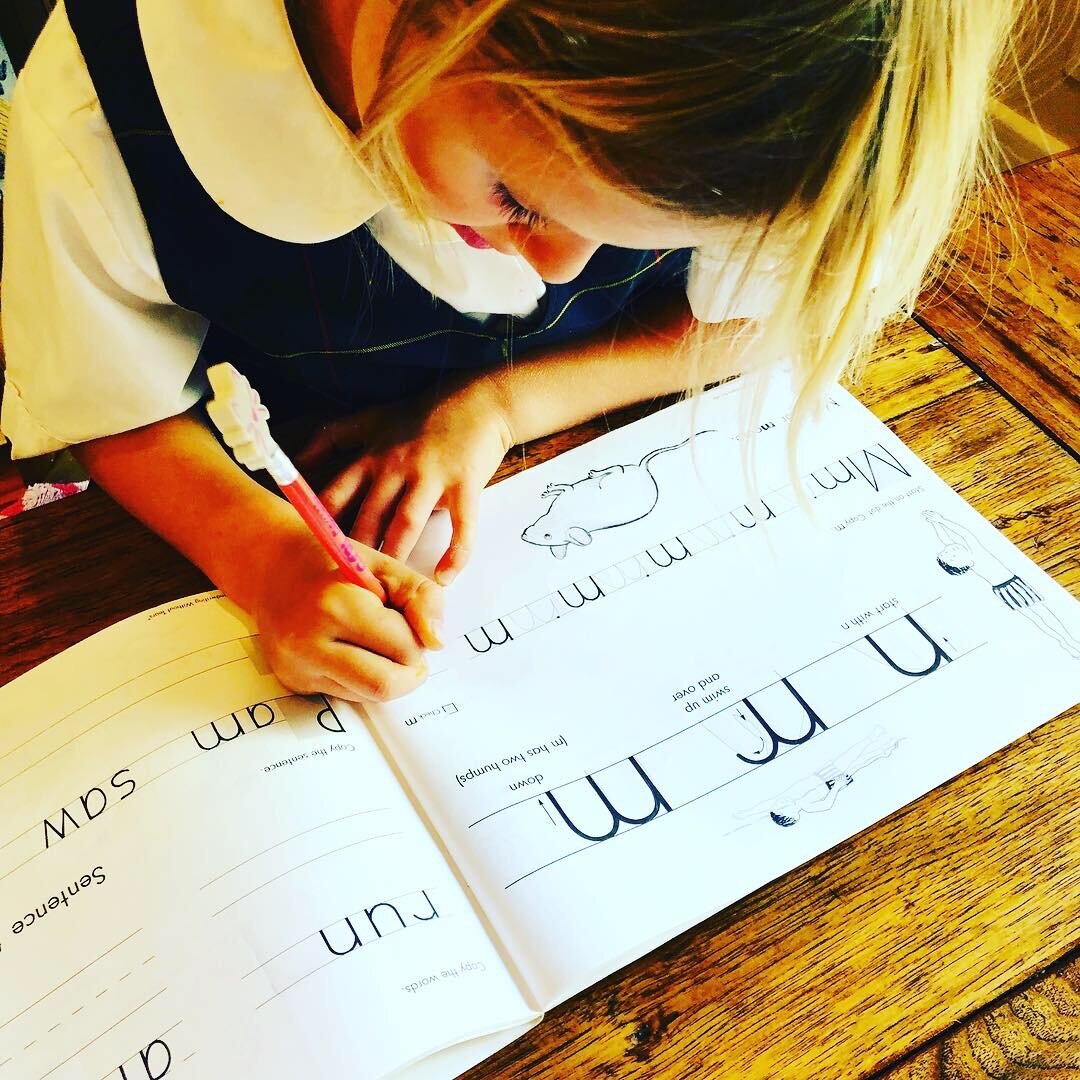







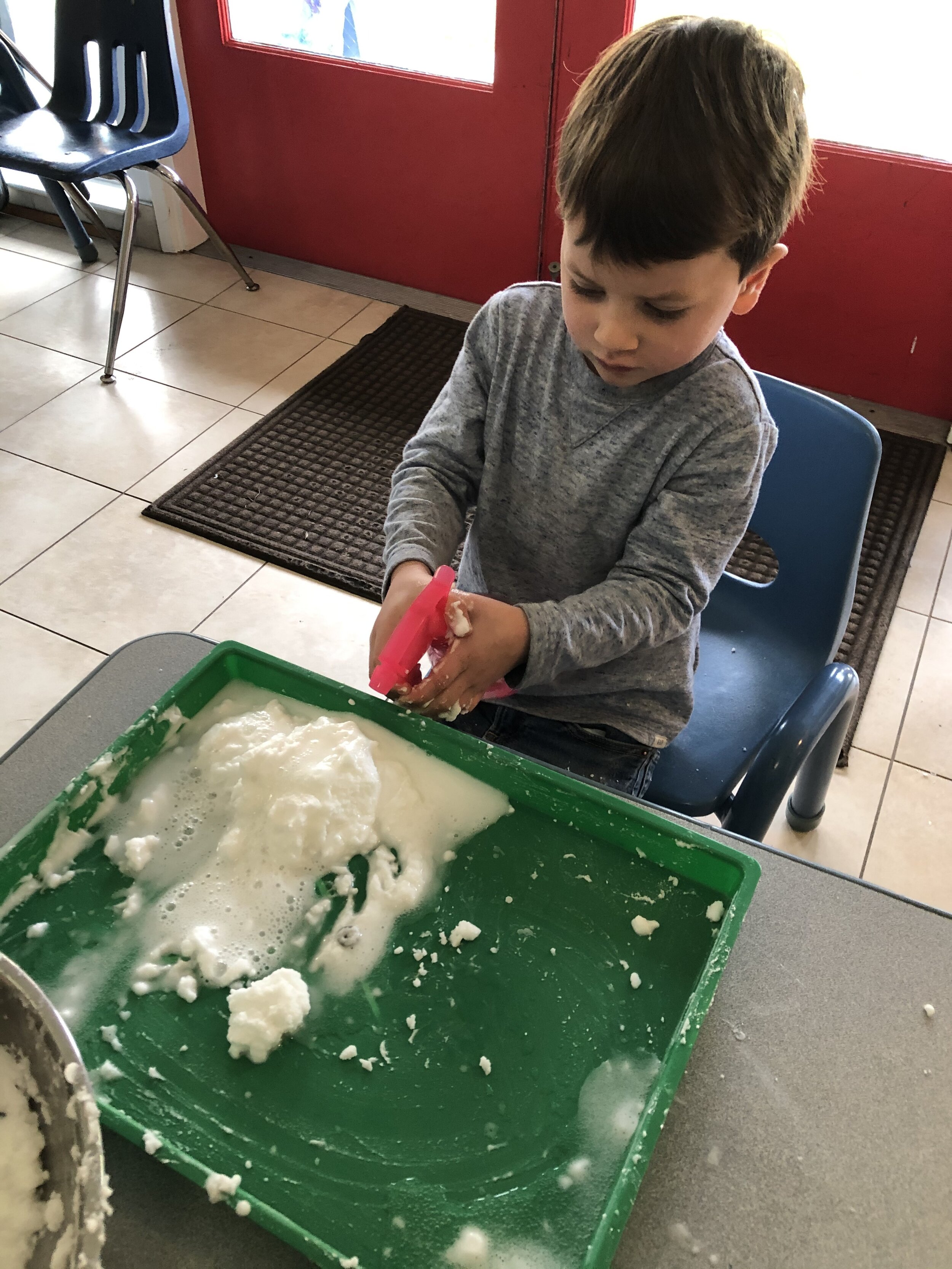










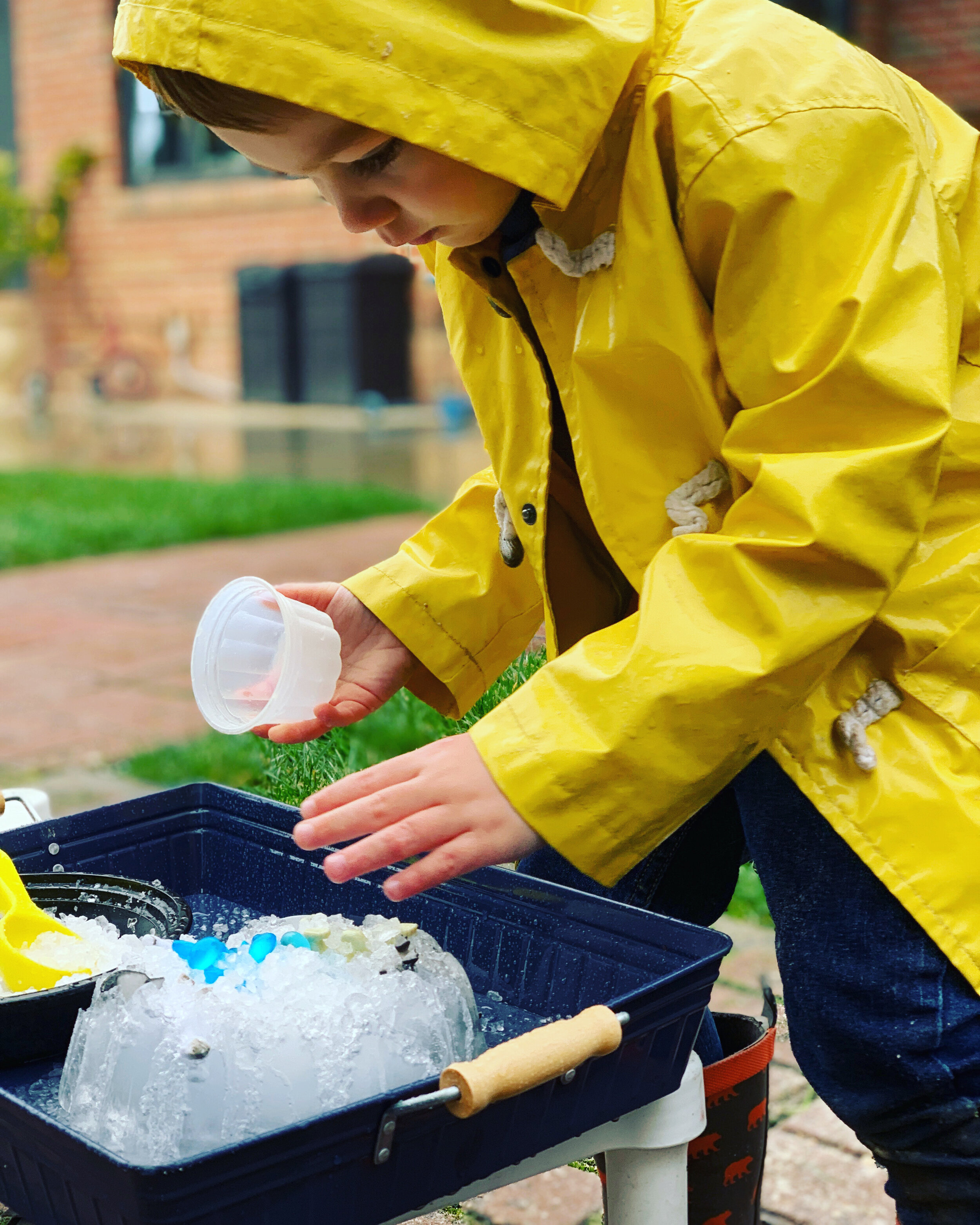












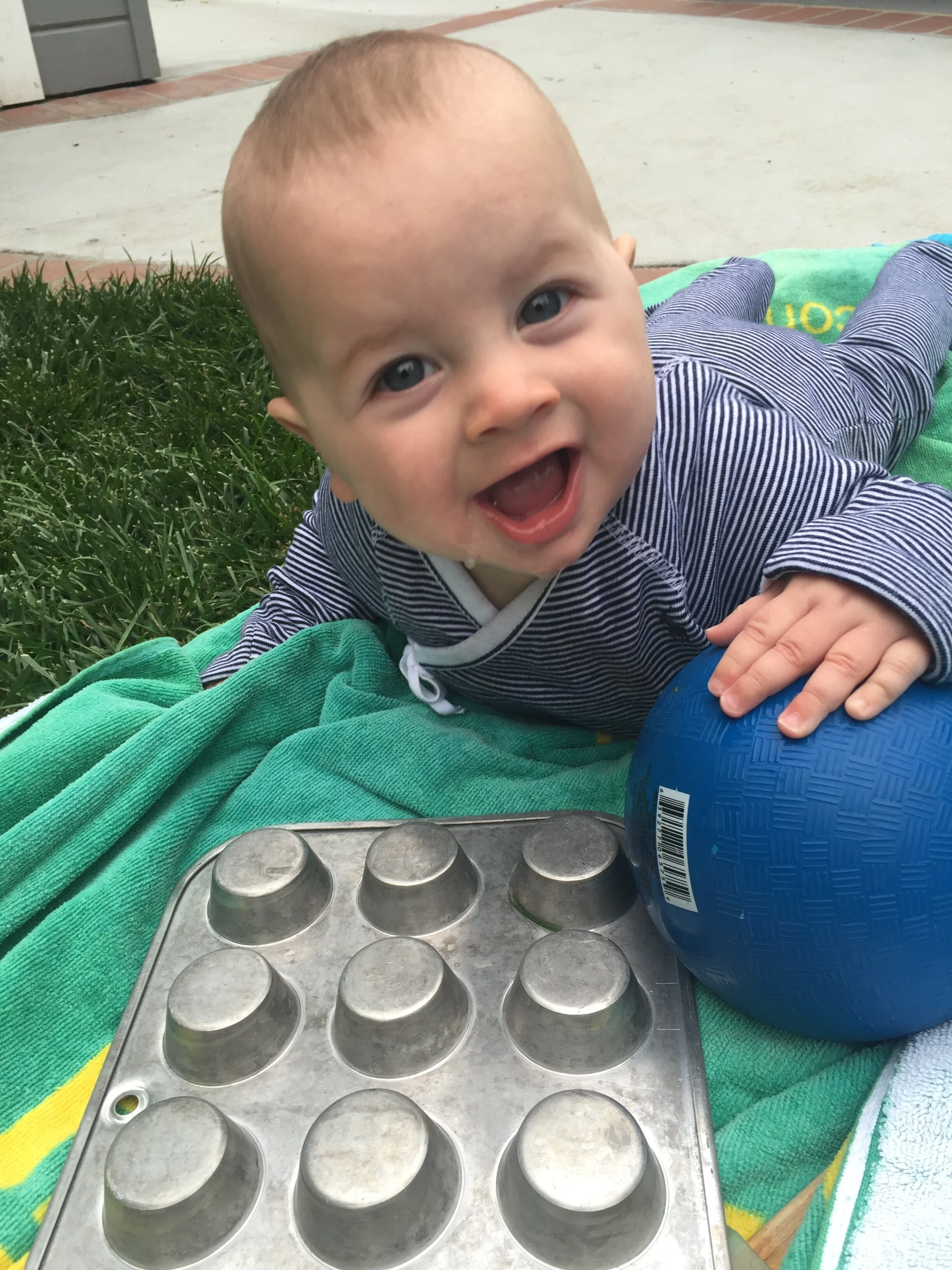
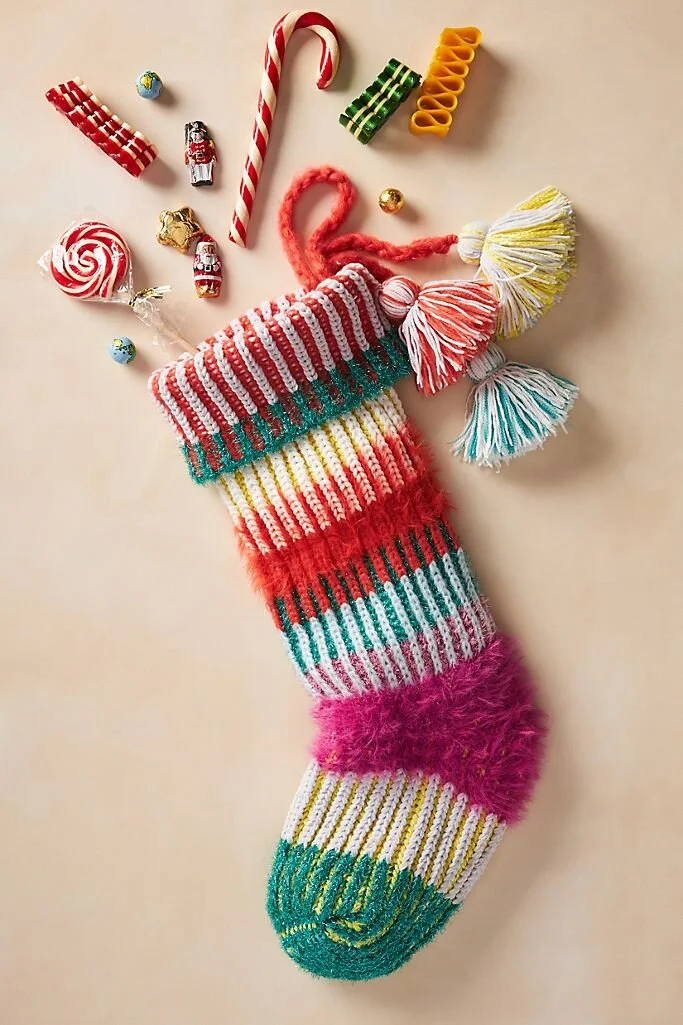
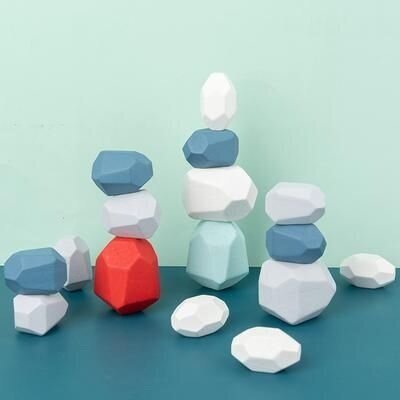
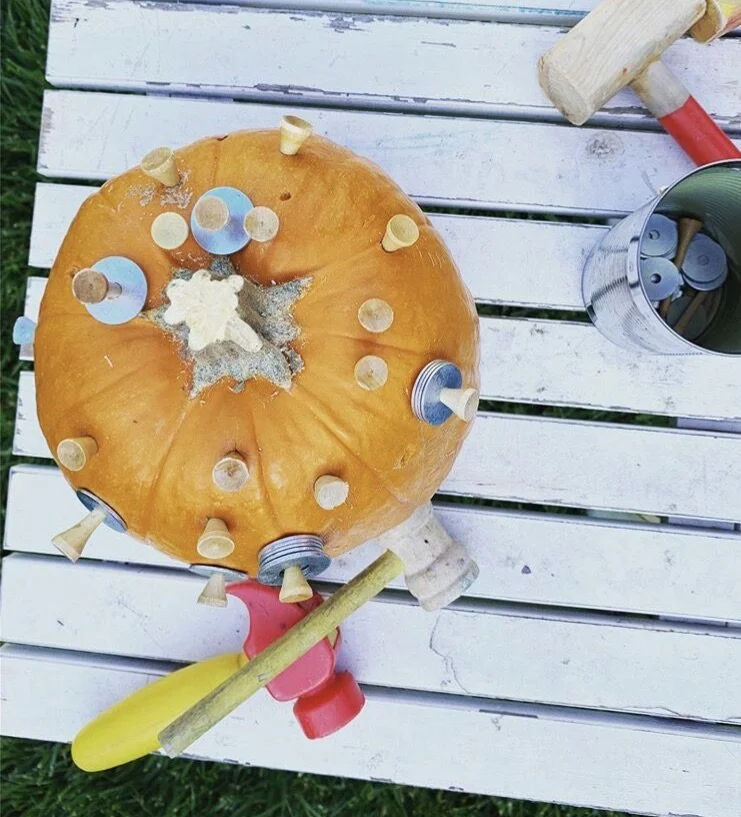


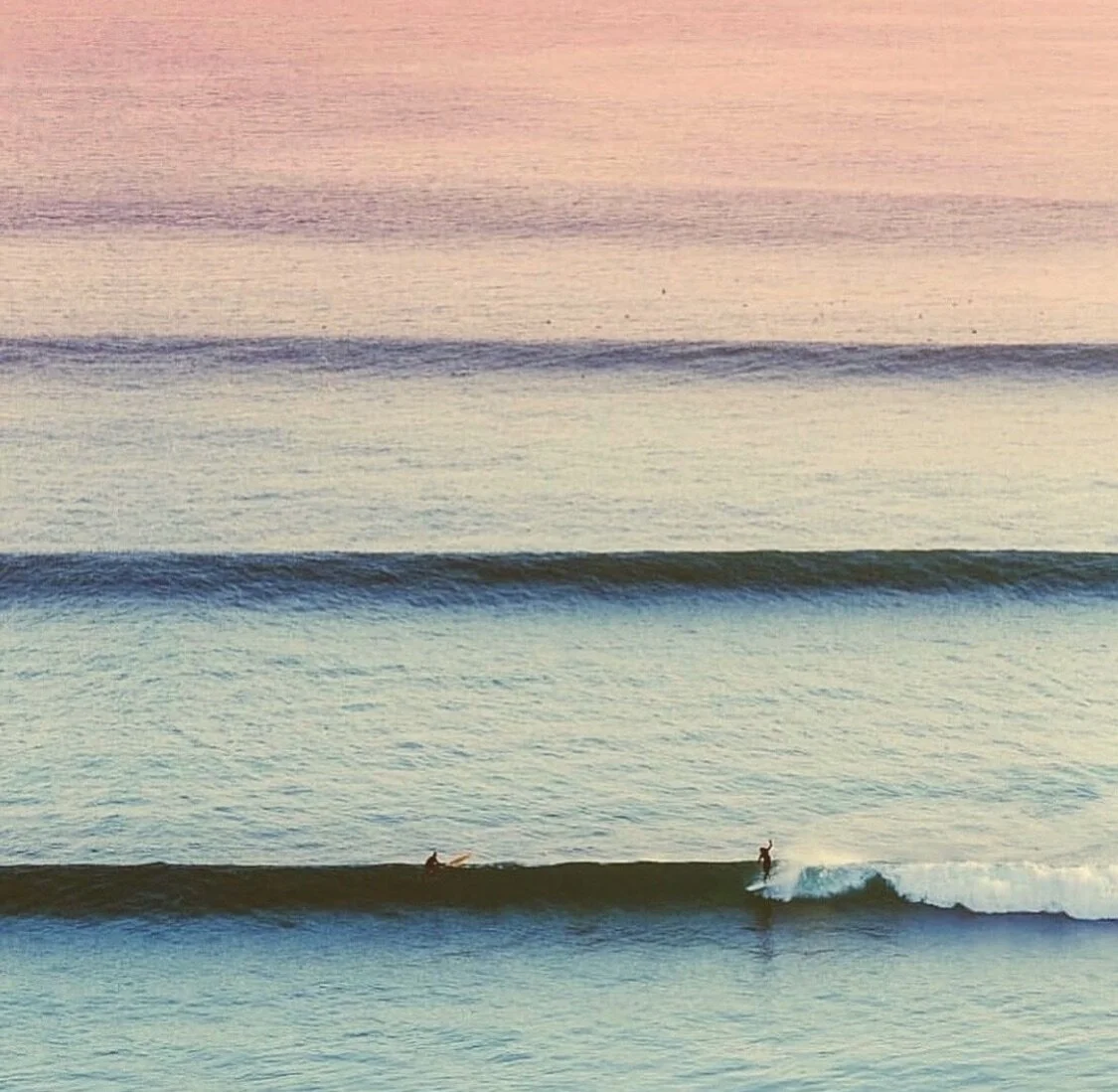



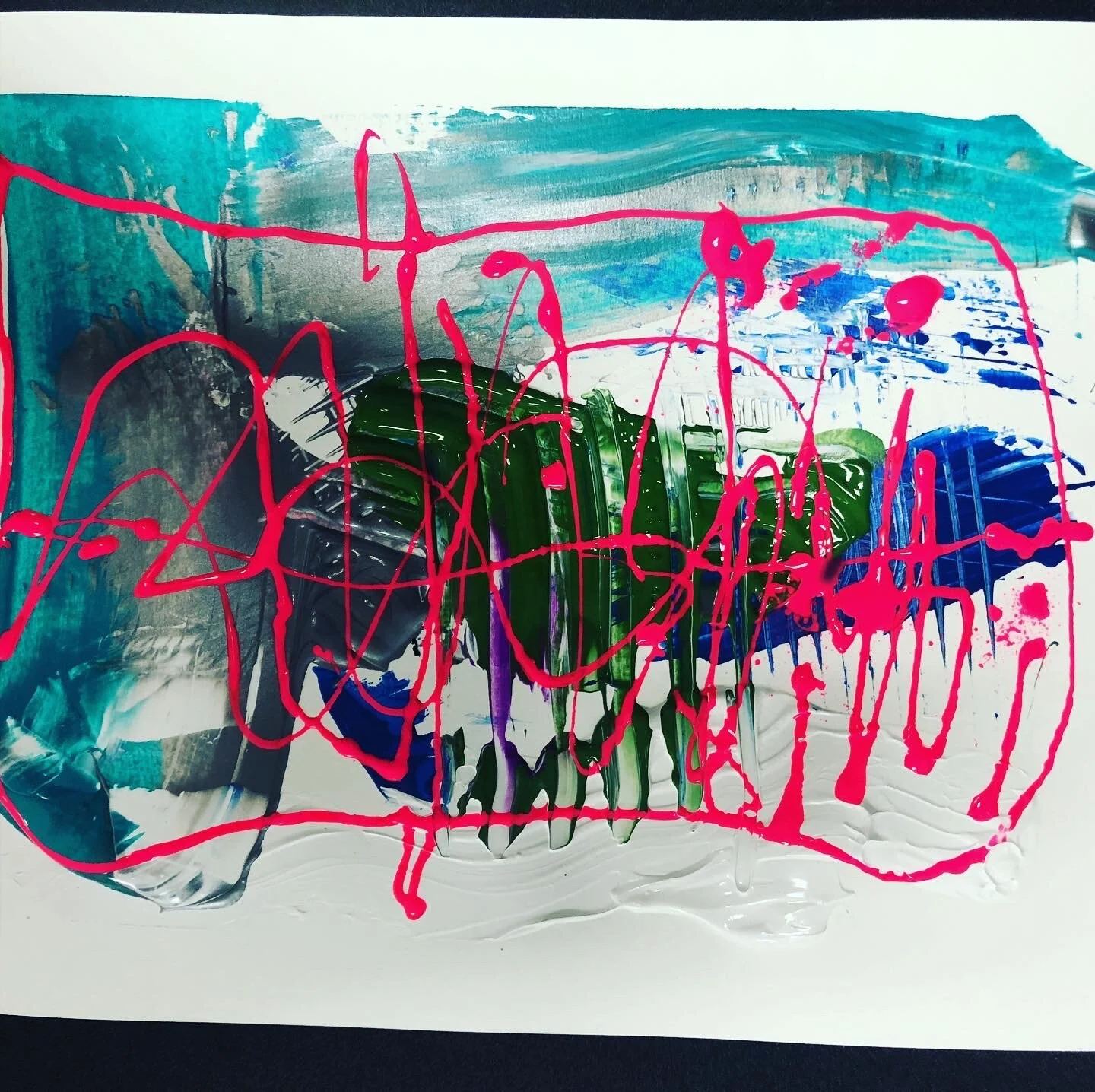
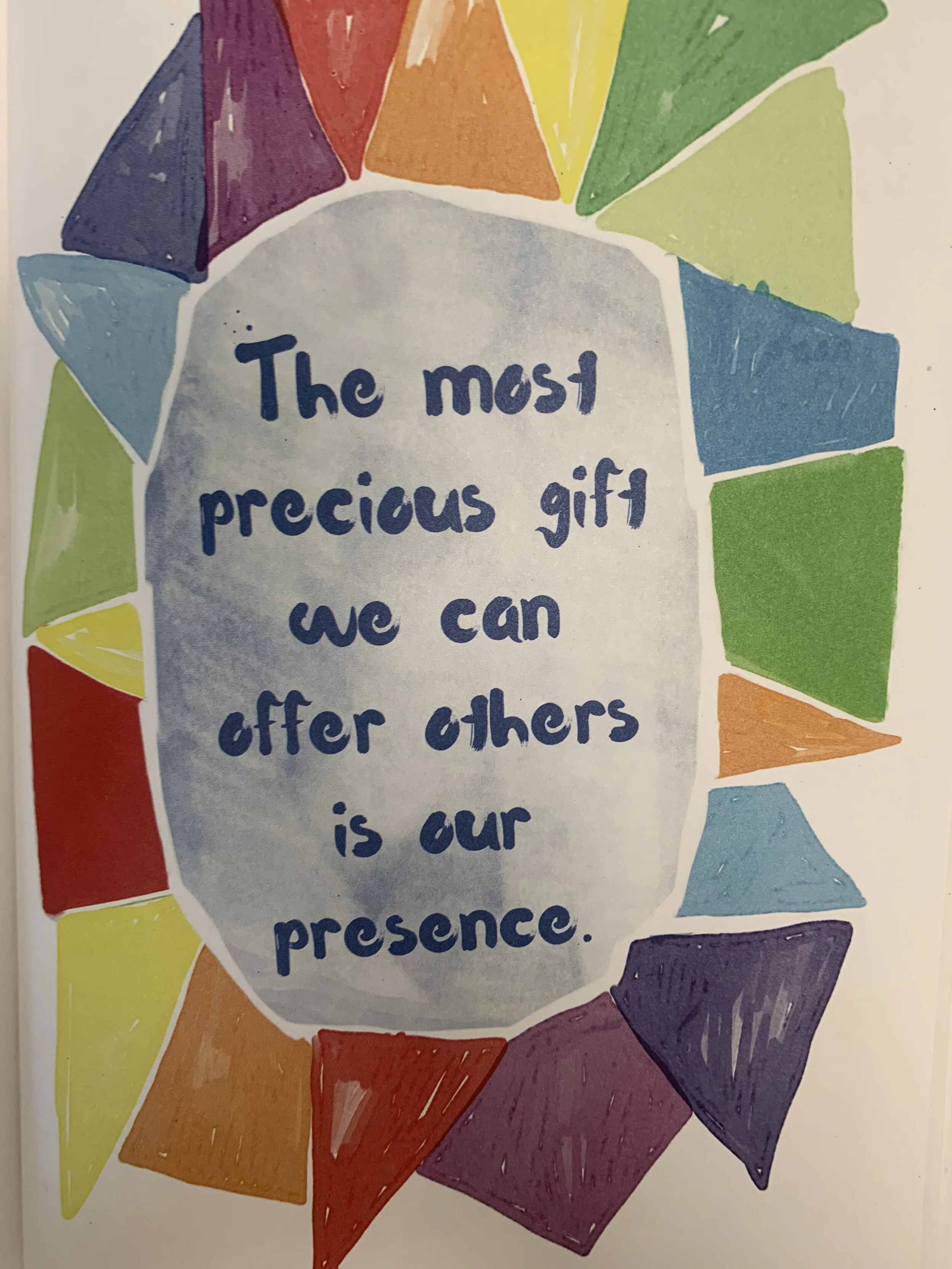
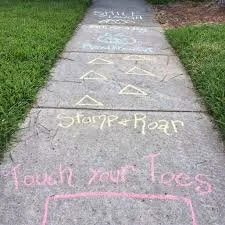
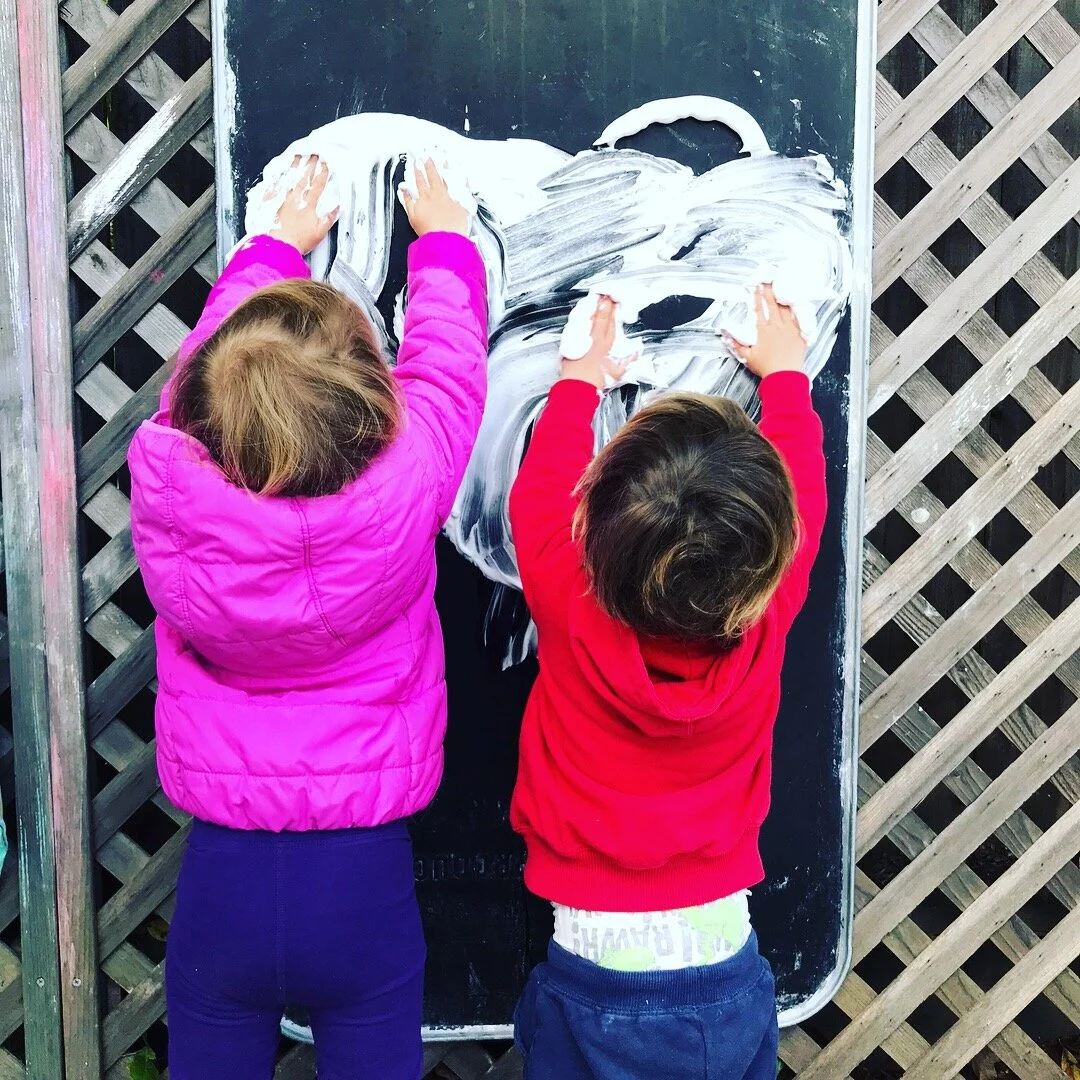
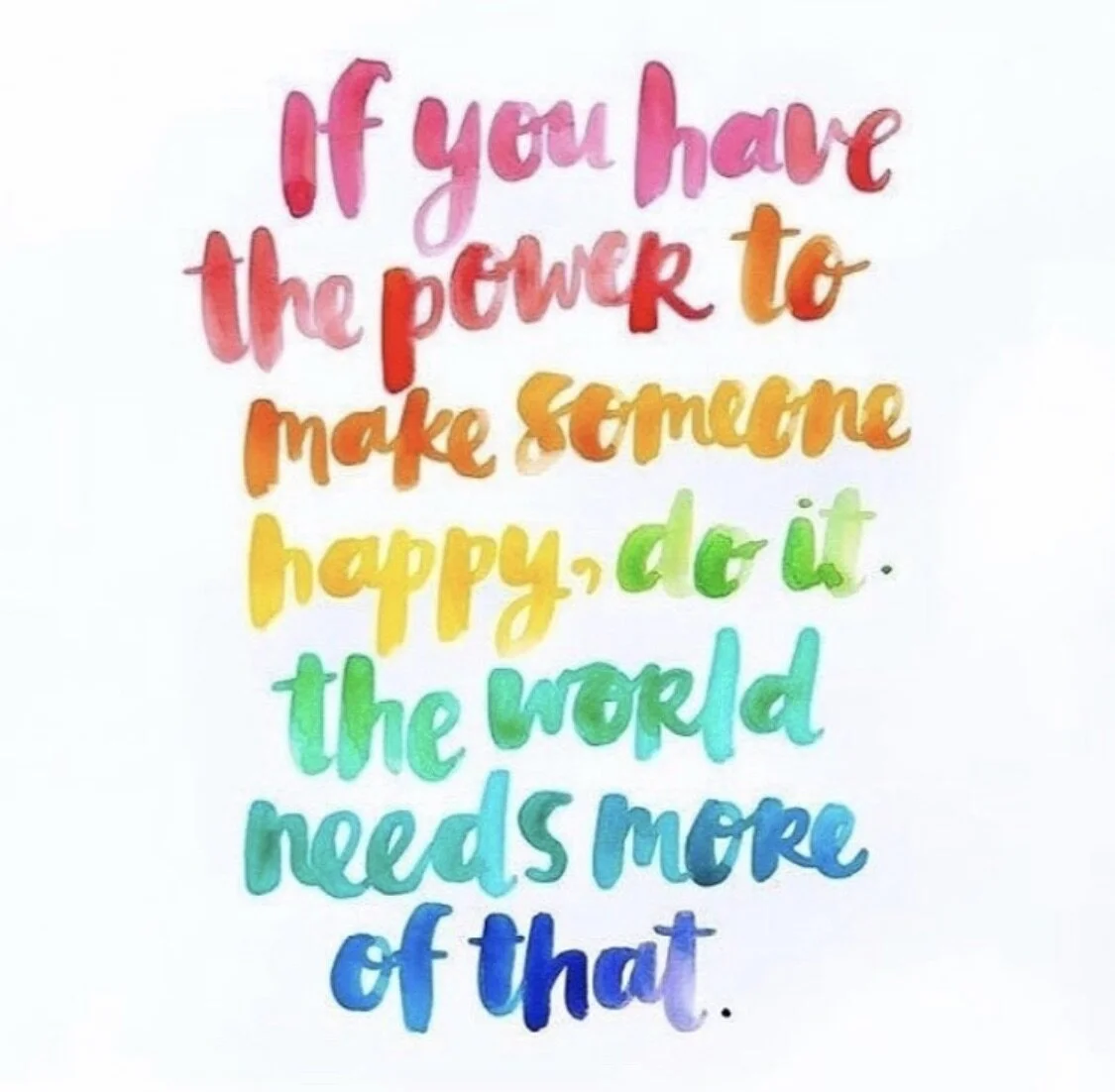
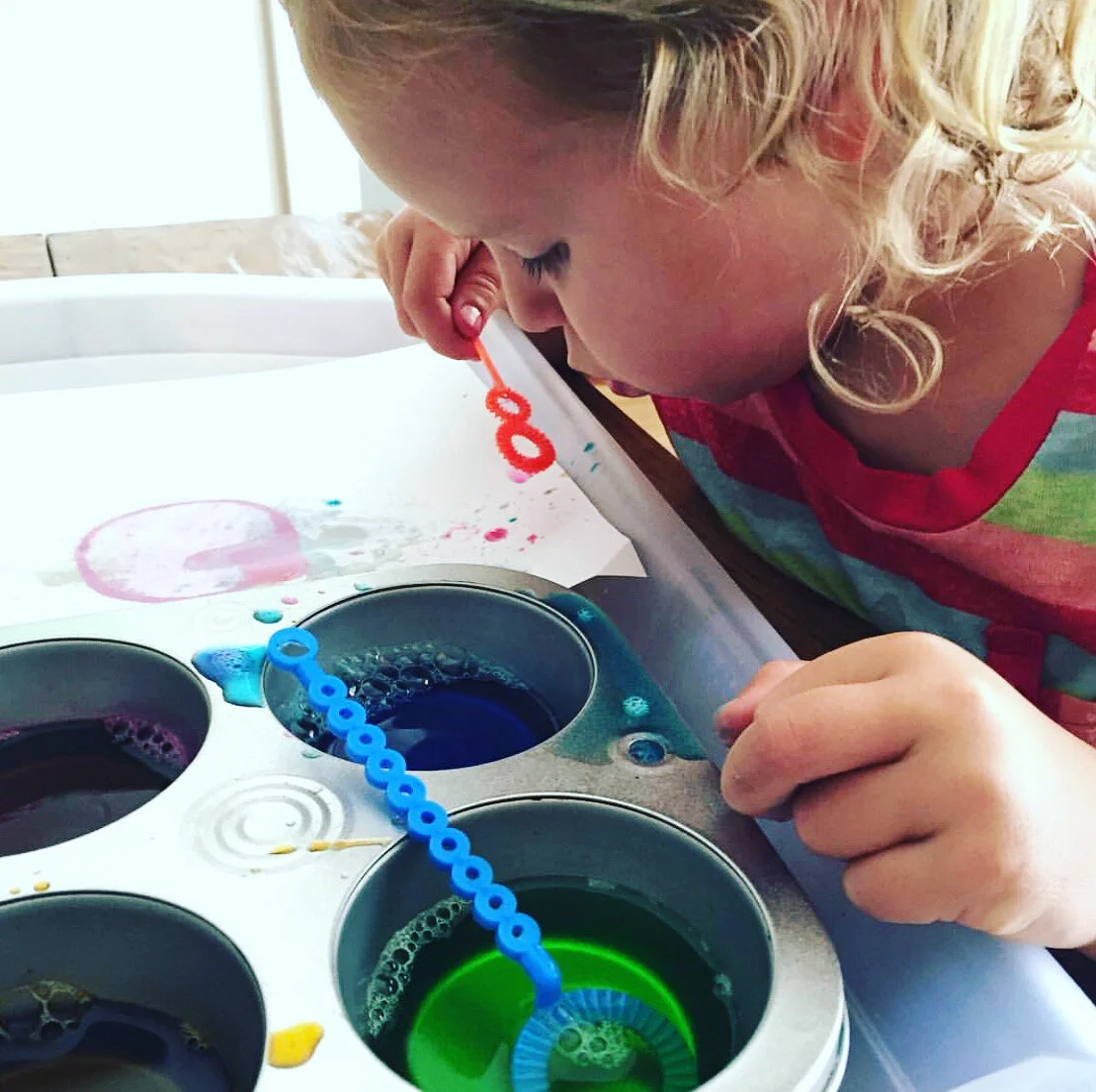


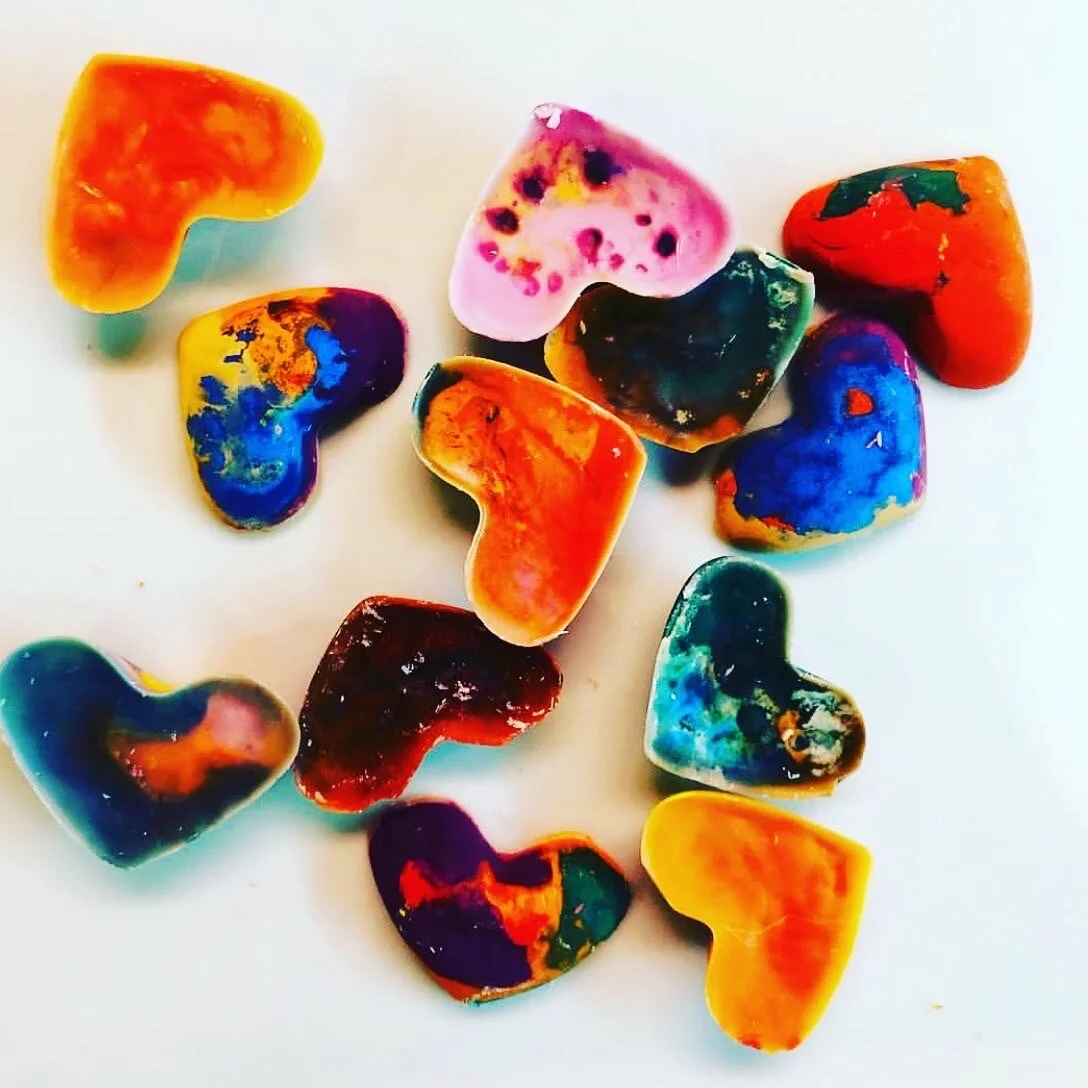
Check out some tips for helping your child with their pencil grasp.